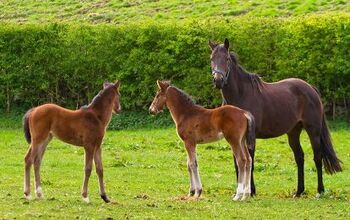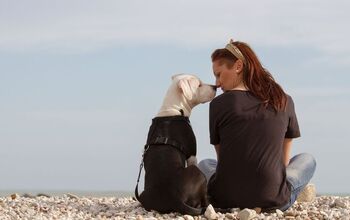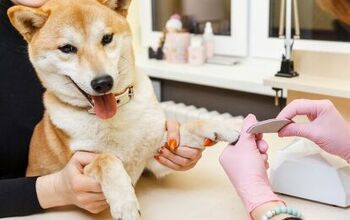Irish Draught Horse


About Irish Draught Horse
As its name implies, the Irish Draught Horse comes from Ireland, and the first mentions of this breed date back to the 18th century. Experts believe that this breed was created when the Irish Hobby Horse was bred with the Anglo-Norman Horse. Other breeds that helped develop the Irish Draught Horse over time included Iberian breeds from Spanish Armada shipwrecks, Thoroughbreds and Clydesdales, and the Connemara Pony.
Irish farmers are to thank for the development of this breed, as they were the ones who required a horse that would match the farming conditions of their country. Basically, they sought to develop a horse that would be lighter and adaptable, so they bred horses in order to create one that would be able to go hunting, work on the farm, and also be easy to ride. The goal was to create a breed that would be strong, have stamina, and also have a great personality. And they succeeded when the Irish Draught Horse was born.
The Irish Draught Horse is an endangered breed.
In 1917, the Irish Draught Horse breed was established, but instability during the early part of the 20th century, in addition to the use of new machinery on farms, caused the number of Irish Draught Horses to decline. So, in 1976, the Irish Draught Horse Society was created to help preserve the breed.
Although this breed is still considered endangered today, it is growing in popularity around the world, and it has also played a role in the development of the Irish Sport Horse. Plus, it has even been named the national horse breed of Ireland.
In addition to being a strong, versatile, and attractive breed, the Irish Draught Horse is also known for its endearing personality. Overall, it has a willing, easygoing, and docile nature, so these horses are easy to work with. Plus, these horses are able to learn new things quickly, thanks to their intelligence. With a talented and experienced rider, this horse will respond extremely well and perform at its best.
The Irish Draught Horse played a role in the development of the Irish Sport Horse.
When looking at an Irish Draught Horse, you will notice that this breed is distinct and bold, as well as powerful. This is an attractive equine breed that is known for its strength and stamina, and it has been bred to have a body that will allow it to ride over varied terrain with ease and with agility and speed.
The head of an Irish Draught Horse is well proportioned and wide at the forehead, and there is also a good amount of width in between the jawbones. The eyes are described as kind, bold, and large, and they are set wide apart. The ears are long and well set. And the neck, which is carried proudly and set high, is also well conformed and of a good length.
Other physical characteristics for this breed include hooves that are sound and hard rather than boxy or flat, as well as withers that are well defined. The girth is deep, and the back is strong, while the hindquarters should be gently sloping and long. Also, the movement should be strong, free, straight, and active with plenty of flexion within the shoulders, which are described as clean-cut. The pasterns should be in proportion and strong as well, and these horses are known for their strength, so they are solid-bodied, with clean, strong legs featuring dense bone.
The Irish Draught Horse has a willing, easygoing, and docile nature.
Most of the solid equine colors are accepted when it comes to the Irish Draught Horse, so you will see these animals sporting coats that could be dun, black, chestnut, gray, brown, or bay. However, excessive white markings aren’t a desirable feature in terms of color for these horses. Overall, gray appears to be the most commonly seen color, with chestnut also being quite common.
To help keep your Irish Draught Horse clean and healthy, regular grooming sessions will be necessary. You could bathe your horse with a gentle equine shampoo whenever he gets too dirty, but brushing your horse in between bathing sessions will help remove debris and keep the coat looking smooth and shiny. A basic equine grooming kit will allow you to get the job done right, and you could use every grooming session as an opportunity to check your horse for signs of infection or injury. Plus, your horse will enjoy being groomed, so it is a good chance to bond with your animal as well.
Using a hoof pick, you can clean out your horse’s hooves completely while checking to ensure that they are healthy. And using a combination of a curry comb, body finishing brush, mane comb, tail comb, shedding blade, and dandy brush, you could remove debris and dirt, as well as loose, excess hair from all over the coat. Be careful around sensitive areas, and consider using a soft damp cloth to wipe around the eyes and ears to keep those areas clean as well.
Photo credit: Martina I. Meyer/Shutterstock; Bartkowski/Shutterstock

Lisa Selvaggio is a freelance writer and editor, and our resident cats-pert, with certifications in pet nutrition and pet first aid. She enjoys producing content that helps people understand animals better so they can give their pets a safe and happy home.
More by Lisa Selvaggio

























